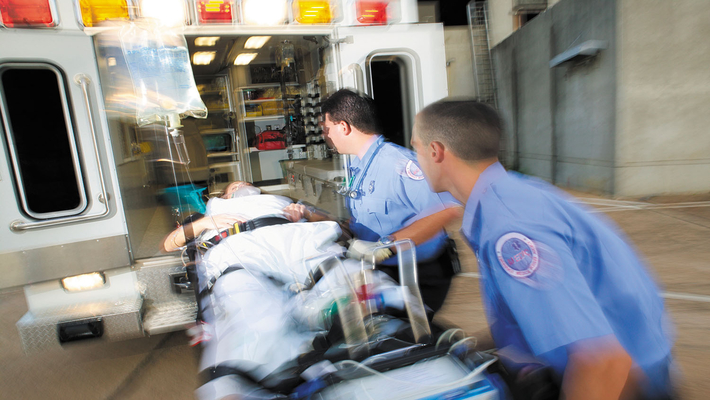
Medical emergency happens unnoticed at any time, anywhere and with anyone it can happen. Unfortunately, it is difficult to find the cause of the medical treatment and due to which fatal consequences take place. Though in the 21st century, people are well aware of the medical emergency numbers, it is of course practically impossible for a doctor to rescue the patient at the instance of the call. Nowadays, there are applications through which a person can call a doctor and consult in a video for saving the patient. However, in case unfortunately a network failure happens, there should be at least a try for saving the person. Here are a few medical emergencies which a person can know and stay aware of.
In any case of medical emergency it is always advisable to contact a medical professional. Some of the emergencies not included in the list are Fever, Severe Pain, Sudden Collapses, Bleeding, Heatstroke, Fractures, Electric Shock and Insect Bites and Stings, and Insect Bites and Stings
- Cardiovascular Emergency - Stroke
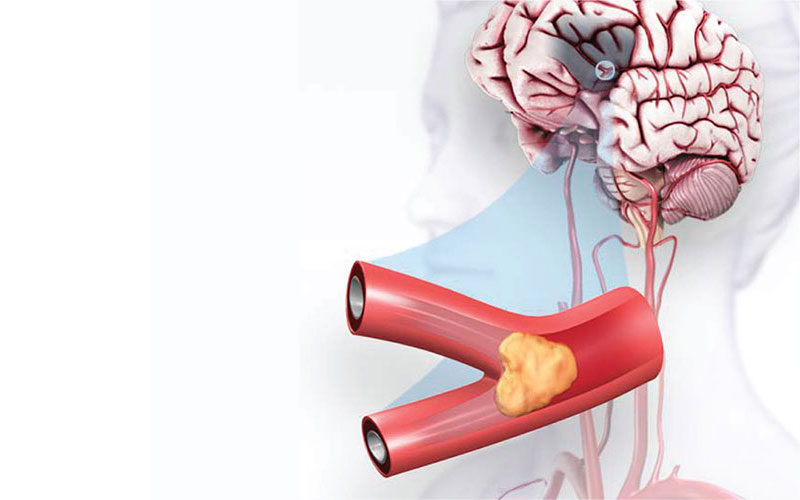
One of the most serious medical emergencies which a person should know how to deal with stroke is a life-threatening disease. It is the situation when the blood supply to part of the brain is cut off. A stroke is a result of a blood clot or bleeding in brain.
Time is the most important factor for someone with a stroke or brain attack. When a person receives prompt medical treatment during the emergency hour, it is likely the person will have reduced lasting damages. People are advised to call 102 or the emergency number immediately. The patient who is conscious needs to be assisted to a position of highest comfort. Patient should be covered to remove any heat loss factor. While waiting for ambulance try to keep talking to the patient. For a patient who is unconscious or subconscious with normal breathing, the patient needs to be placed in a position with support on their side.
FAST Test should be carried out. The signs of FAST:
F – Face – Observe whether the patient’s face changed and whether the patient is able to smile? Did the patient’s face droop on either side? It is highly visible around eyes and mouth.
A – Arms – Check whether the patient is able to lift both of their arms and stay in the position. When a stroke occurs, the person might have weakness or numbness in one arm.
S – Speech – Did the patient’s speech change and does it sound slur? Check whether the speech makes any sense or whether the patient can talk? Does the patient understand what you are saying and is the patient responding on time?
T – Time – When you find any of the symptoms or your instincts say that the patient is having a stroke, call 102 immediately.
- Seizures - Fit and/or Epileptic
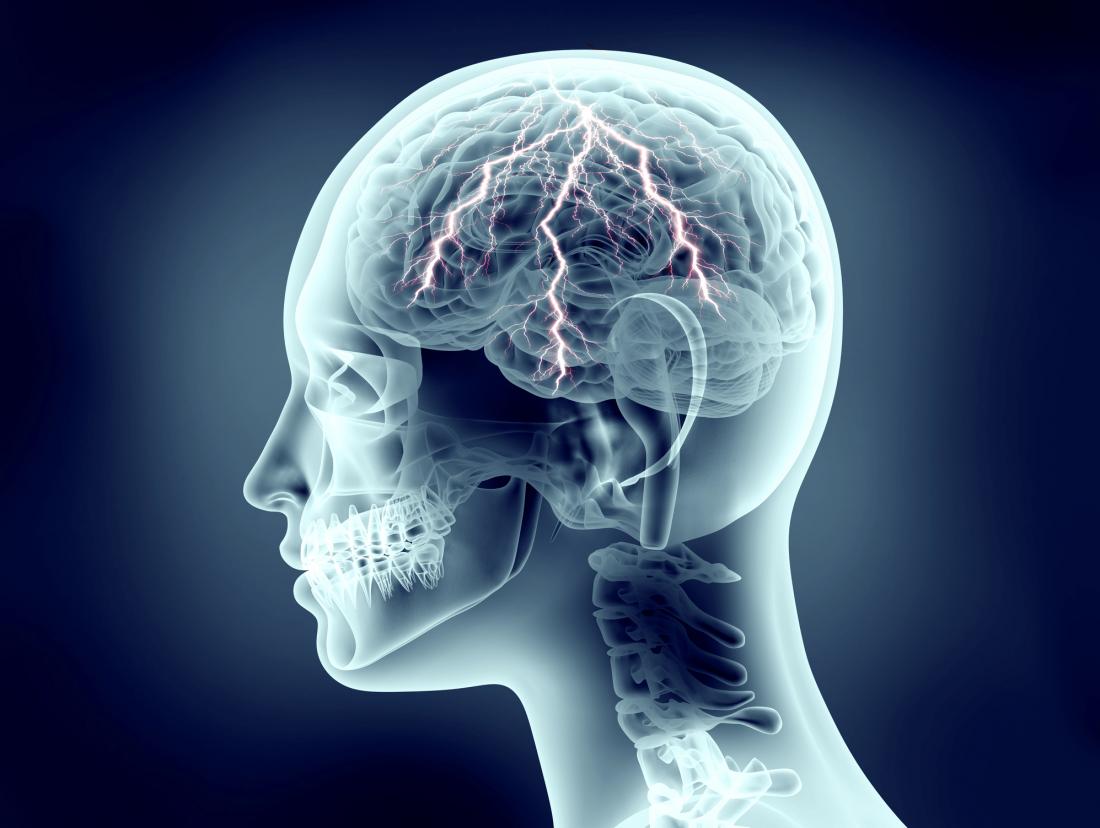
People who are diagnosed with epilepsy might have fits and seizures. However, it can also happen in people who are not diagnosed.
Involving involuntary and uncontrollable jerking, fit or seizure can cause twitching or shaking of a part of the whole body. A seizure’s other form involves no or minimal movement of the body while the person experiencing seizure can be observed looking into space. The person is likely to not speak when in a seizure attack.
It is advised to not move or stop shaking the person under a seizure attack. Only when a person is at risk of danger, the person should be moved or stopped.
Seizure patients are to be taken to medical professionals after the fit or seizure attack. A person prone to seizure attack or fits should be provided with a medical plan with actions they need to take after seizure or fit. It is advisable to call the emergency number for medical assistance.
- Poison – Swallowing, Injection, Breathing
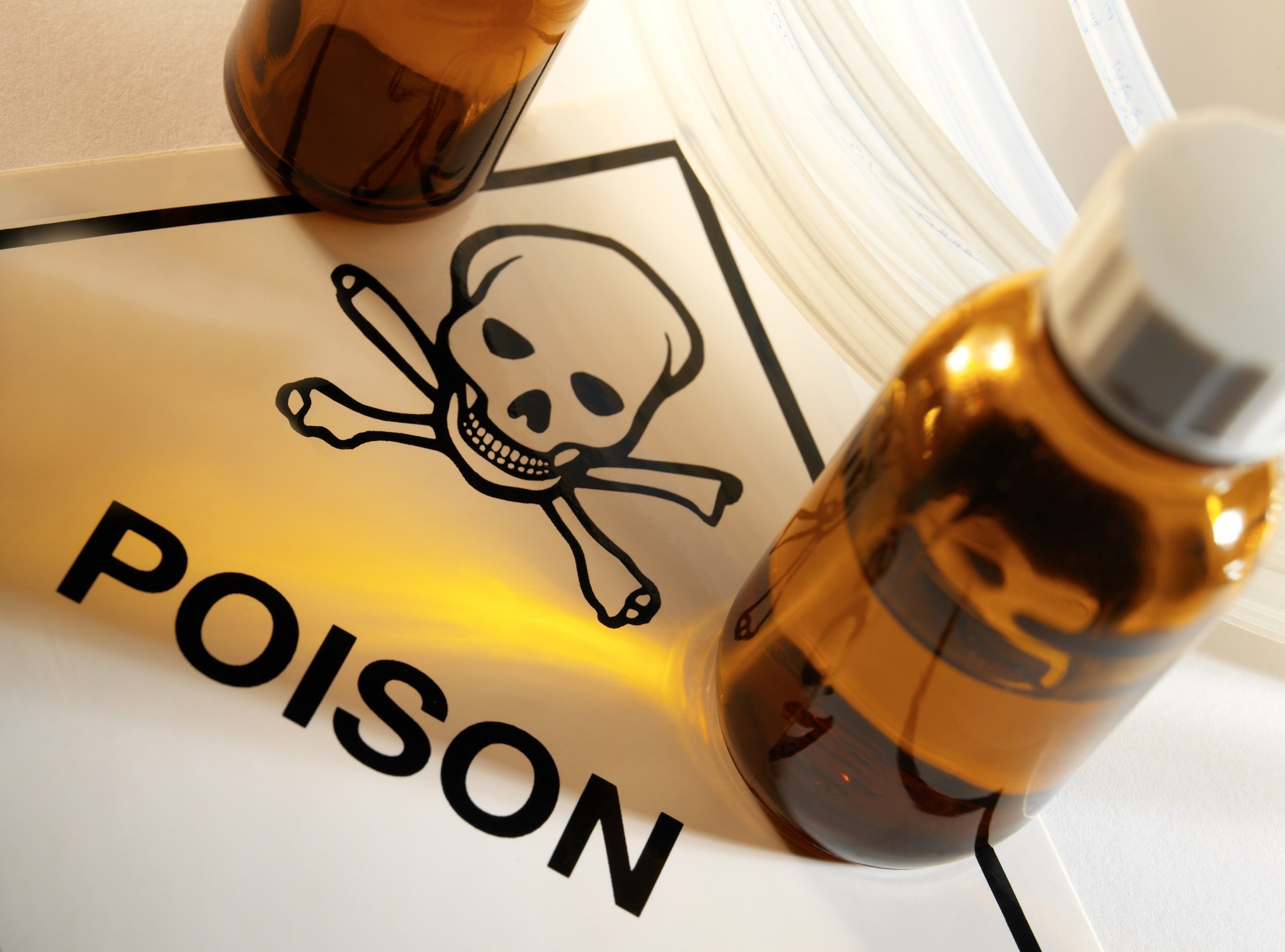
Poisoning is caused by swallowing, injecting or breathing a poisonous substance. Poisoning can also happen when a person is exposed to any harmful substance. Most of the time poisoning happens due to accidents. Different poisoning has different effects on humans and it is always advisable to take the person to medical professionals immediately. Do not treat the person without medical attention as it might harm the person more and do not wait for symptoms.
- Heart Attack
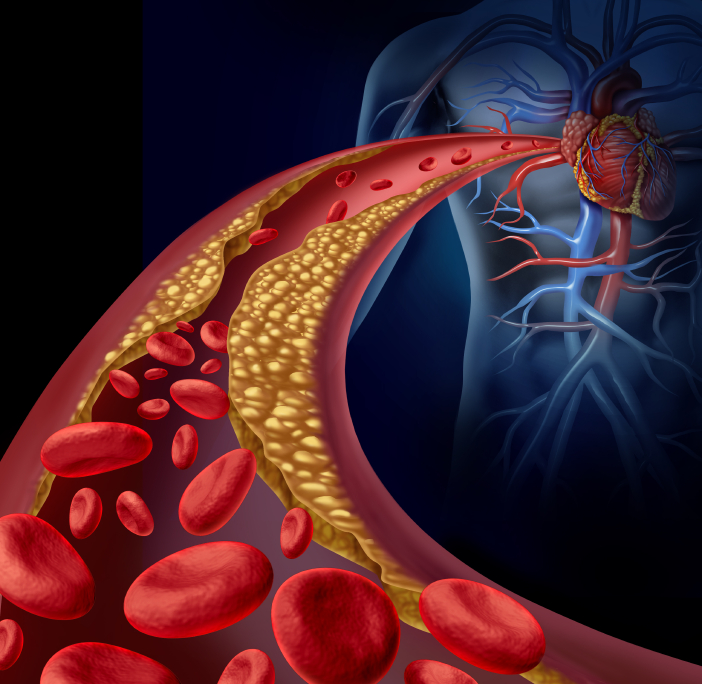
Heart attack is life-threatening and requires utmost medical attention as the supply of blood is blocked suddenly.
In adults heart attacks are common and it can also occur in children and teenagers.
People should immediately contact a medical hospital for emergency medical attention informing them of the patient’s medical condition.
The heart attack symptoms include chest pain and pressure sensation, in the center of the chest, there will be tightness or squeezing, pain which is radiating in the left arm traveling from chest to arm. Patients might also face pain in both arms where the neck, jaw, back and stomach get affected. Common symptoms include breath shortness and breathing difficulties, coughing or wheezing, sickness, dizziness, lightheadedness, sweating and a high sense of doom and anxiety.
In some cases, patients do not have any pain. They experience indigestion type issue, which is more common in diabetic patients, the elderly and women.
- Breathing Difficulties
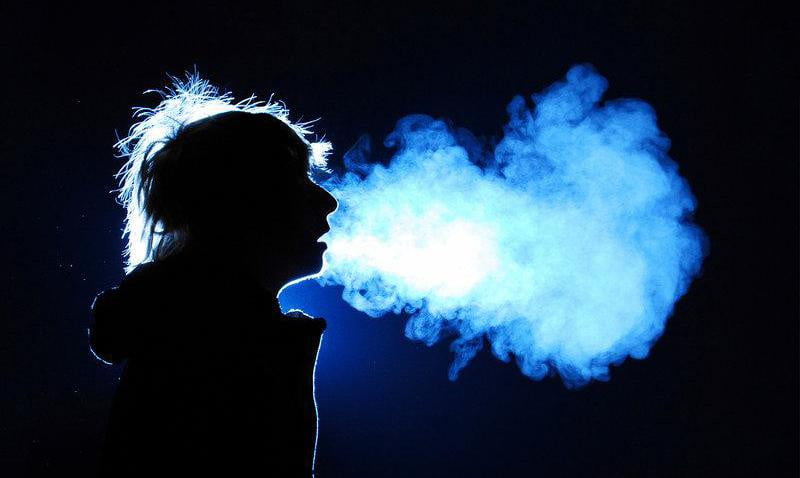
Amidst the COVID pandemic, common breathing emergencies are also a reason for concern. Some of the common reasons for breathing problems include asthma attacks, allergy – anaphylaxis, coughs, and cold.
During any physical activity and workouts, breathing troubles can happen. Sudden breathing troubles are considered as a sign of warning.
The symptoms of breathing troubles include –
Deep breath-taking troubles as chest tight feeling happen, not having the feel of a proper breath – short or unable to breathe, shallow or faster breathing than normal, wheeze gasp breathing or whistle breathing. Panic attacks during breathing troubles cause further damage, which is why, people are advised to stay calm. When a person feels breathing trouble, it is advisable to have medical planning and a number of doctors for emergency contacts.







